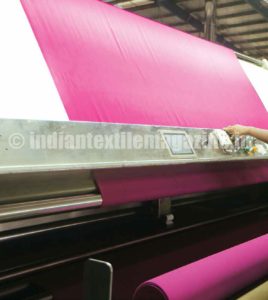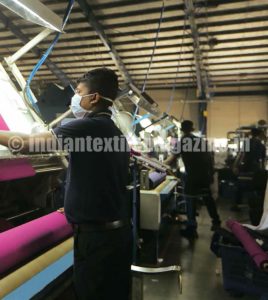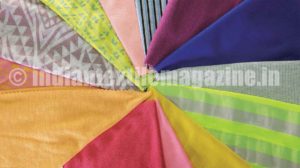The Teejay Group history goes back nearly half a century when its British roots gave it a solid grounding in the textile industry. Teejay saw ownership change in 2000 and this modest operation entered a new phase in Sri Lanka.
Sri Lanka’s bustling, manufacturing and export-driven approach has to its rapid growth and development. Combined with its rural charm, and scenic landscapes, this makes Sri Lanka an ideal setting for Teejay’s advanced and dynamic manufacturing facility. The factory is strategically located 55 km from Colombo. The company has two of the best brands in the industry as major shareholders – Pacific Textiles and Brandix Lanka.
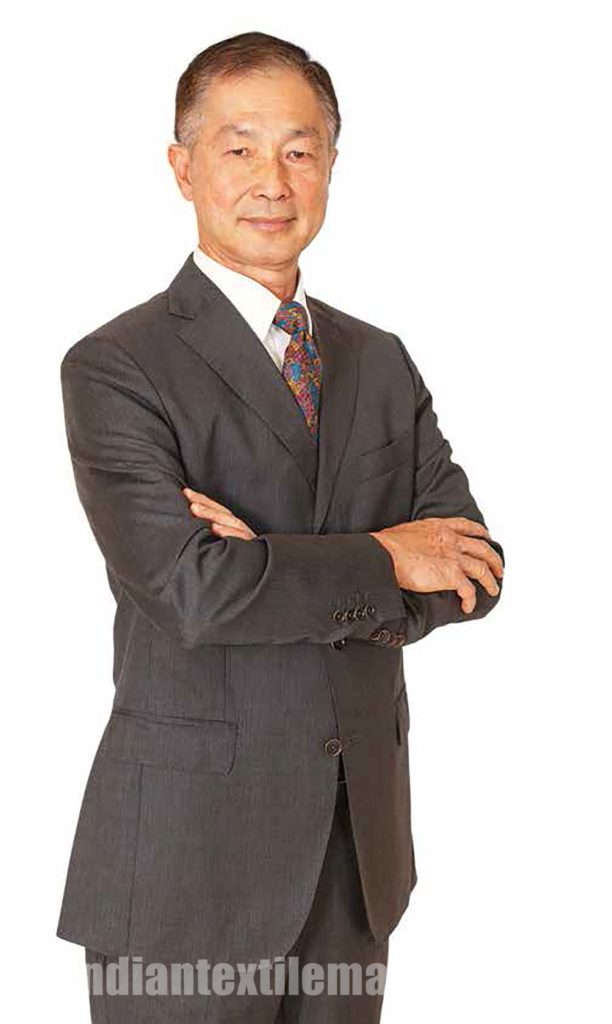
Pacific Textiles is a Hong Kong-based company with one of the largest manufacturing facilities in China. Having mastered the art of fabric making, Pacific provides Teejay with extensive support in R&D as well as manufacturing expertise.
Brandix Lanka is the country’s largest apparel exporter servicing the world’s finest brands, partners Teejay as a strategic link in the supply chain. The company acquired Teejay India Private Ltd. (formerly known as Ocean India Private Ltd.) and Teejay Lanka Prints Private Ltd. (earlier known as Quenby Lanka) in 2015, further consolidating its strategic regional presence. With the acquisitions in place, it is now ready to take on the demands of the global market place. Further, the management has decided to further consolidate as a group by embarking on a rebranding exercise. In October 2016, the company emerged with its new brand name ‘Teejay.’
The Teejay Group operates in the domain of Circular – Knit Manufacturing. The company offers complete solutions in dyeing, finishing, printing, new product development as well as lace dyeing. Teejay provides knit solutions in cotton, cotton blends and synthetic solutions. Yarn which is the main raw material, is sourced from Indonesia, Thailand, Austria, China and India.
Since inception in 2001, Teejay has been on a strong and rapid growth trajectory, becoming Sri Lanka’s leading knit fabric manufacturer. High product and service standards, focus on innovation and execution excellence, direct relationship with the brands and deep customer engagement based on customised solutions, strong customer portfolio based on long-term engagement and sophisticated management capability have been proved the cornerstone of the Teejay’s growth. These key strengths have been further augmented by the several strategic initiatives taken during the year, which have now positioned the company as the largest textile manufacturer in the region. All this has brightened Teejay’s strong growth prospects, as towards hitting its target to become a $300 million company by 2020.
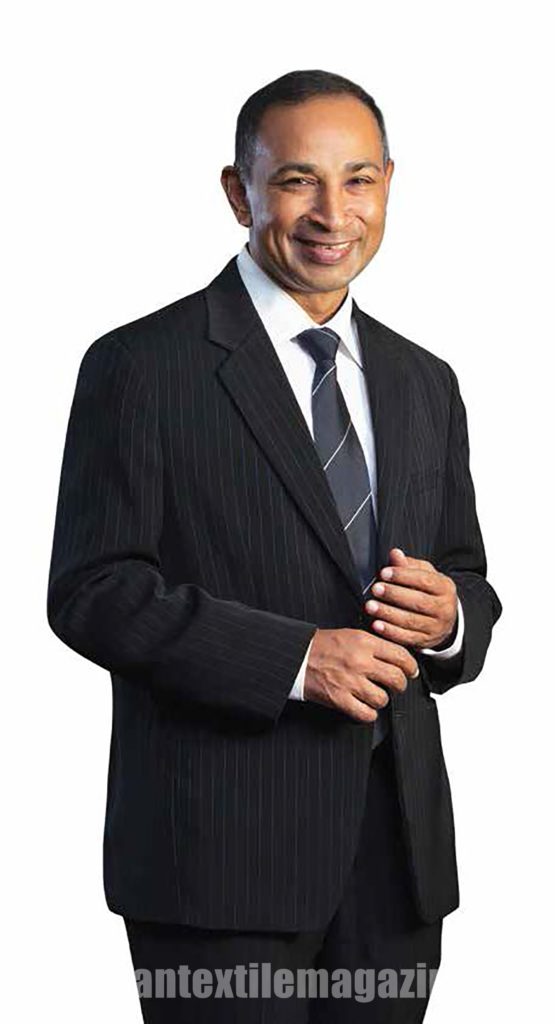
Teejay’s profits after tax grew by 63 per cent to reach LKR 2.2 billion, the highest in your company’s history with its turnover grew by 30 per cent over the previous year to reach LKR 17.8 billion.
Mr. Wing Tak Bill Lam, Chairman, Teejay Group, says: “We made two significant strategic acquisitions last year, namely, Ocean India Private Ltd. (OCI) and Quenby Lanka Prints Pvt. Ltd., with the ground work for the former was carried out in 2014. The total investment into 100 per cent ownership in these two enterprises amounted to LKR 2.7 billion ($18.2 million). We expect these acquisitions to help take several strategic imperatives for sustained future growth, as already demonstrated during their first year of joining our Group”.
“OCI is a knitted fabric manufacturer located in Visakhapatnam, with a daily production capacity of 18 tons. The manufacturing facility is also equipped with the necessary infrastructure for doubling its present capacity. Our buoyant outlook for the future is thus underscored by the further expansion potential that this acquisition has brought about. In addition to the benefits of economies of scale that it will offer us, a manufacturing plant overseas also offers us access to new markets via geographical advantages”, adds Mr. Lam.
Furthermore, geographic diversification and new markets offer new avenues for risk mitigation and for harnessing different competitive advantages. In addition, Teejay is also excited at the prospect of manufacturing its product range on a larger scale in India.
Mr. Lam further observes: “The second acquisition, Quenby Lanka is Sri Lanka’s leading fabric printer, located in close proximity to our main manufacturing plant. The printing technology and know-how will enable us to widen our customer solutions as well as customer base in the years ahead”.
These two entities, with their own individual identities, have been successfully and seamlessly integrated into Teejay under a functional reporting structure.
Sri Lanka’s reputation and proven track record as an investment friendly destination and as a manufacturer for a large number of the world’s leading apparel brands continue to make it an attractive destination for inflows of new investments by overseas apparel manufacturers. However, its global competitiveness as a manufacturing destination is being challenged with the opening up of new destinations such as on the African continent, and some South Asian and East Asian nations which enjoy lower costs of production. Sri Lanka’s high labour and energy costs continue to be a challenge dampening the cost competitiveness of all industries.
Manufacturing infrastructure
As one of the leading fabric mills in the region Teejay’s manufacturing capital is a key component of its value and value creation process. Following the two recent acquisitions, the company’s manufacturing infrastructure has strengthened significantly.
To ensure a highest global standards of quality, the Teejay Group Jersey colour labs are accredited by its world renowned partners. Making no compromise in its production, the company has invested in all the latest technology in its laboratory. Teejay Lanka is equipped with Sri Lanka’s first fully automated Datacolor dye dispensing system. This ensures that colour recipes are met with 100 per cent accuracy.
Further, Teejay has upgraded its knitting machines with new units to enhance productivity. The knitting machines include Pailung, Mayer & Cie. and Terrot circular weft knitted machines, as well as flatbed knitting machines which are capable of delivering the finest fabric as per specification. Both online inspection and 100% quality inspection are used to make sure the knitted products are free from defects. The synthetic knitting machines include Santoni machines of highest standards.
Teejay’s dye house is equipped with a fully automated dye and chemical dispensing system introduced by Color Service. Dye machines are manufactured by Thies with jet dyeing and air flow technology. Arel technology is used to control the dye house operations while the fully automated colour dispensing system ensures colour repeatability of fabric produced. The latest investment in technology of air flow machines ensure a reduction in the consumption of water, dyes, chemicals and energy in keeping with the company’s promise on environmental sustainability. For synthetics, Teejay uses Thies dye machines.
The finishing capabilities include encapsulation, moisture management, sueding and several other customized finishes. The finishing machines include machinery from Bruckner, Babcock and Santex with in-built automatic controls to achieve precise physical parameters.
A fully integrated SAP ERP system is used to control the entire process including sales and distribution, production, materials management and finance. Meanwhile, production planning is managed via the fast react planning tool designed specifically for the industry.
Mr. Sriyan de Silva Wijeyeratne, CEO and Managing Director of Teejay Group, says: “We have defined our long term objectives, and developed a multi-year business strategy. I am proud to share that the goal of becoming a $300-million turnover company by 2020, is something very much within our grasp, and one we plan to pursue with passion and dedication. As part of this journey, we hope to accelerate the awareness about the overall industry, and strengthen the competency levels within the industry as well, through our initiatives”.
